On June 5, 1947, in a speech he delivered at Harvard University, United States Secretary of State George C. Marshall announced a financial aid programme for Europe. Its aim was to help the war-torn continent get back on its feet. Even today, Germany continues to benefit from the funds of the largest civil reconstruction programme in history: the Marshall Plan.
The legacy of the Marshall Plan
Stephan Wintels, CEO of KfW Group, on the two anniversaries of the Marshall Plan and the German Marshall Fund on 5 June 2022.
(Source: KfW Group/Detlev Karres/Thomas Schuch)
The Marshall Plan at 75 – A Legacy Renewed
On the occasion of the 75th anniversary of the Marshall Plan and the 50th founding anniversary of the German Marshall Fund of the United States (GMF), US Secretary of Transportation Pete Buttigieg and Federal Minister of Finance Christian Lindner discussed this important historical milestone at KfW's Berlin branch.
This plan transformed a war-ravaged continent into a bedrock of prosperity and democratic resilience. It also paved the way for the establishment of the OECD, NATO and the European Union.
Video of the festive event in Berlin on 17 May 2022
Photo gallery
Ceremony "The Marshall Plan at 75"
f..l. Pete Buttigieg, US Secretary of Transportation, Christian Lindner, Federal Minister of Finance and Stefan Wintels, CEO of KfW Group
GMF at 50
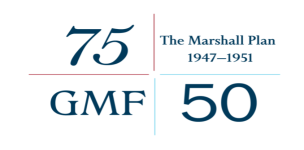
The German Marshall Fund of the United States is headquartered in Washington, D.C.
Read moreKfW was founded in 1948 as part of the Marshall Plan for the reconstruction of the German economy and developed over seven decades into an important instrument for the economic and financial reorganisation of Germany after 1945. In its long history, KfW has repeatedly played a key role in epochal transformation processes such as reconstruction and reunification.
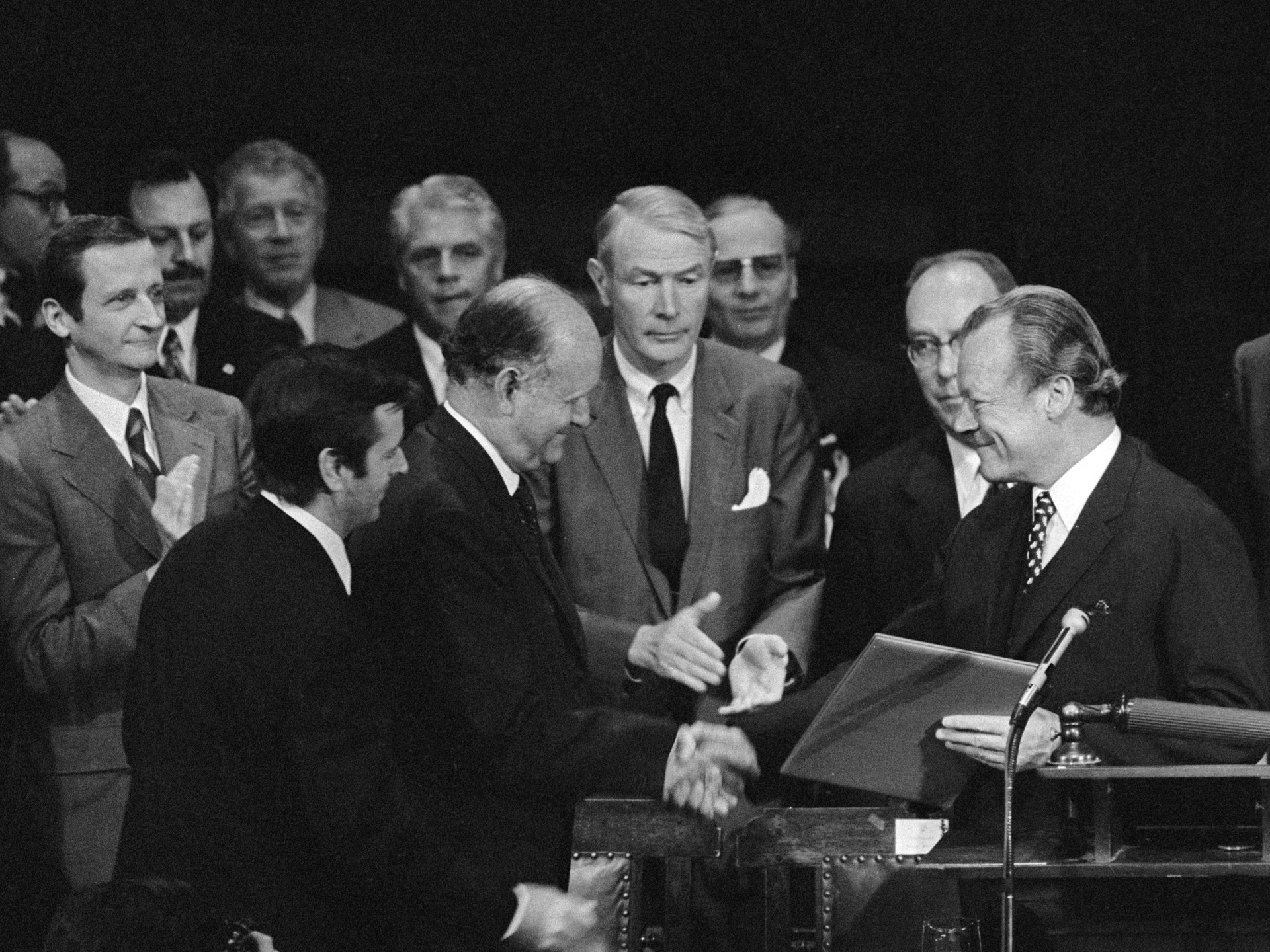
5 June 1972
On the occasion of the 25th anniversary of the Marshall Plan, Federal Chancellor Willy Brandt presents the founding charter for the German Marshall Fund as a gift from the Federal Republic of Germany to the USA at Harvard University..
In 1972, exactly 25 years after George Marshall's historic speech, German Chancellor Willy Brandt again announced at Harvard a major gift (150 million Deutsch Marks = 76.7 million Euros) from the German government to thank the American people for the Marshall Plan. This gift established the German Marshall Fund of the United States, which celebrates its 50th anniversary this year. To this day, it remains the largest monetary gift the U.S. has received in its history.
Recent geopolitical developments, the far-reaching impact of technological innovations and climate change have brought the transatlantic community and the world to the brink of a new era. The Marshall Plan offers us lessons and inspiration for addressing these daunting challenges.
AWARD-WINNING
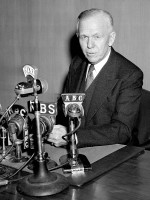
In 1953 United States Secretary of State George C. Marshall was awarded the Nobel Peace Prize for the Marshall Plan named after him.
Read moreAid for 16 countries
Several years after the end of World War II, the residents of Germany still endure constant hardship. Allied bombings have either destroyed or seriously damaged one fourth of the residential buildings. People who have been bombed out of their homes, war orphans, refugees, displaced and returning persons need shelter. The calories allocated through food ration cards are insufficient and heating material is extremely scarce. Everyone is fighting to survive. Other European nations are also suffering from the tremendous consequences of the war. The British can hardly bear the cost of occupying Germany.
In that situation, Secretary of State George C. Marshall’s plan sounds very auspicious. During a speech at Harvard University in June 1947, he announces a European Recovery Programme (ERP) which everyone later simply refers to as the Marshall Plan. In the face of dire hardship, he warns, the continent will experience severe economic, social and political disintegration unless it receives additional aid.
Food, commodities and materials worth nearly USD 14 billion are sent to help rebuild the destroyed continent. The first supplies are shipped out to 16 countries in 1948. Eastern Europe is not taking part because the Cold War has already begun. The United Kingdom receives 25%, France 20% and West Germany 10%. Smaller countries such as Greece and Belgium are also included in the programme.
Instead of distributing the money indiscriminately, the Marshall Plan seeks to help countries help themselves from the very start. It allows them to decide how to rebuild. Shipments mainly include food, fuels and medicine. The recipient countries pay the value of these imports into counterpart funds that are used to help pay for the reconstruction of infrastructure and businesses. The shipments to Germany are worth USD 1.4 billion, or approximately nine billion euros in current euro value. Germany is the only country that is required to repay part of the funds: one billion dollars.
Start-up capital for KfW
Another difference to the remaining countries is that Germany uses the counterpart fund to capitalise Kreditanstalt für Wiederaufbau from 1949. Founded by law on 18 November 1948, the promotional bank is to fund its initial operations on the German capital market or from the budget of the American-British Bizone. When it turns out that this does not work, it receives counterpart funds from the Marshall Plan.
In its early years, KfW is deluged with loan applications but cannot approve all of them. Its loans initially focus on energy supply and housing. Roughly half the loan volume goes to the resources industry and mainly to coal and steel producers.
A broad advertising campaign
Joining hands for a strong Europe
In 1950 the USA ran a poster competition on the Marshall Plan. The colour photos in this gallery show a selection of contestants’ entries. The text on this poster reads: La coopération inter-européenne pour un niveau de vie plus élevé (English: Intereuropean cooperation for a higher living standard).
75 years of Marshall Plan

Learn more about the Marshall Plan and the European Recovery Programme.
Learn moreThe reconstruction phase lasts until around 1954. The Federal Republic of Germany rises to become one of the world’s leading industrial states – much faster than anyone had expected. Its economy grows by eight per cent a year, it has full employment, and a high dollar exchange rate favours German exports. Export finance is added to KfW’s functions in 1951.
Two years later, the legislature establishes that payments of principal and interest into the ERP Special Fund from the Marshall Plan are to be used to promote the German economy on a permanent basis. Within just a few years, the Federal Republic is transformed from a hungry aid recipient into an economic power that itself will soon extend aid to other countries.
Europeans are forced to trade in goods
At the time, Minister of Economics Ludwig Erhard is critical of the Marshall Plan. He is convinced that the German economic miracle was the result of the currency reform, not aid from the Americans. At a ceremonial address on the occasion of KfW’s 40th anniversary in 1988 Hermann Josef Abs, one of KfW’s very first management board members, declared the following: ‘One condition for the currency reform to succeed was that there had to be no supply shortages which the public might have been able to blame on the new currency. Direct shipments under the Marshall Plan solved that problem’.
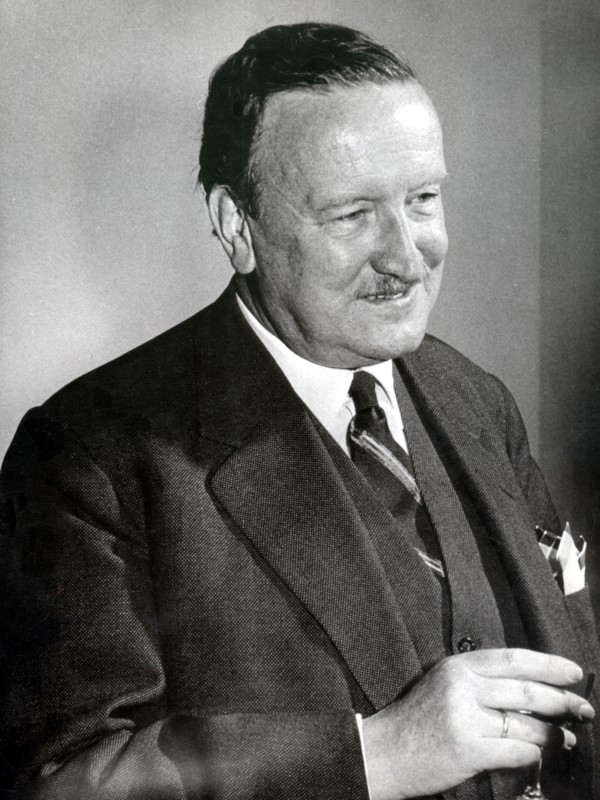
Hermann Josef Abs
Spokesperson of the Board of Managing Directors and long-standing Chairman of the Board of Supervisory Directors of KfW.
Today experts tend to see the Marshall Plan’s indirect effects as its main strength. ‘The immediate economic impact was small’, says economic historian Dr Harald Wixforth. ‘But the programme was instrumental in integrating the economy of the Federal Republic into Western Europe.
‘The Americans forced the Europeans to engage in trade. That was the only reason the European Coal and Steel Community could be founded as early as in 1951,‘ said the historian. ‘It was very much in the Americans’ interests because it kept the Federal Republic outside the Soviet sphere of influence’. Wixforth adds that the psychological effect of the Marshall Plan should not be underestimated either. Even before the first funds were disbursed, the USA advertised the recovery programme with an unprecedented promotional campaign across Europe.
That turned the foe into a friend and the Marshall Plan into a silver lining. At KfW’s 40th anniversary, Hermann Josef Abs said that the Americans’ trust in the Germans had given them the courage to take their country’s reconstruction into their own hands.
ERP Special Fund
The earmarking of the ERP Special Fund has been maintained for more than seven decades, as the income generated is used exclusively for ERP economic promotion and asset preservation.
Read moreThe German economy is still benefiting from the Marshall Plan funds to this day. More than seven decades after the start of the programme KfW is still supporting businesses with disbursements from the ERP Special Fund. As before, the aim is to help them to help themselves.
The bank extends low-interest loans and grants exemptions from liability to small and medium-sized enterprises, business founders and innovative companies. The ERP Special Fund has also played a crucial role in the reconstruction of eastern Germany.
Published on KfW Stories: 16 June 2017, updated 3 June 2022

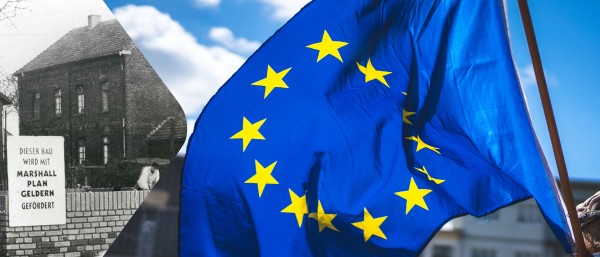

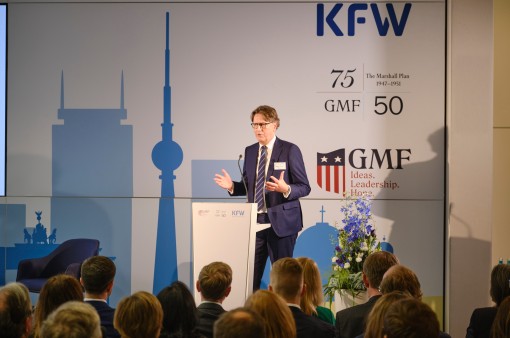
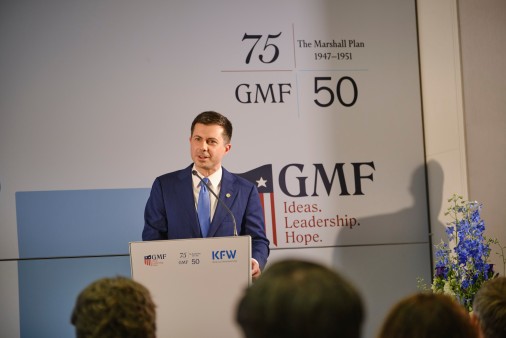

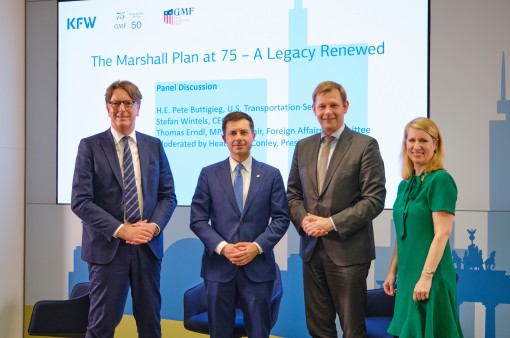





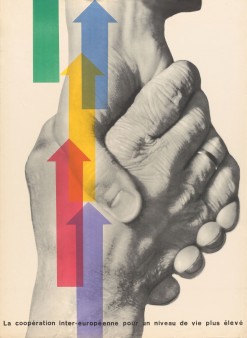
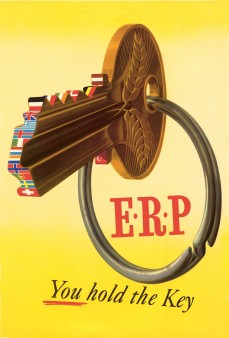
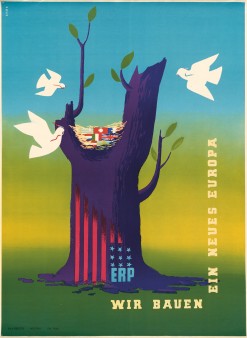
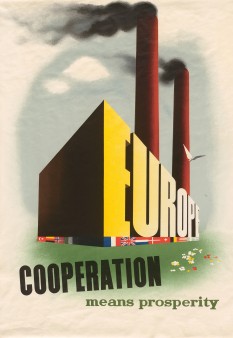
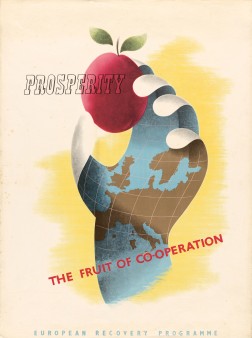
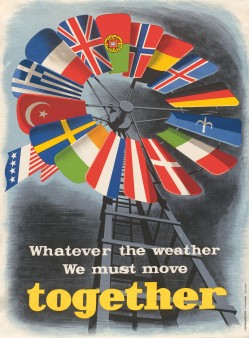
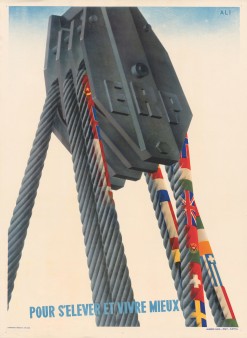
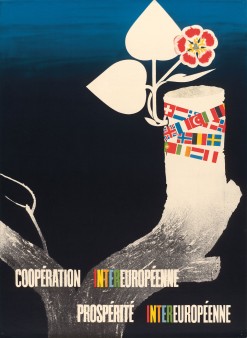
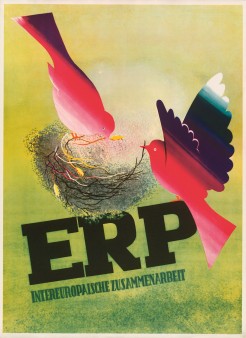










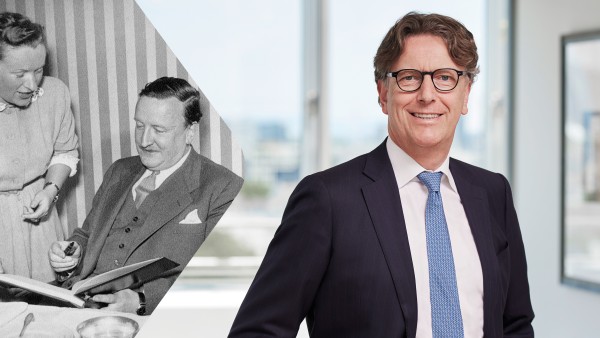
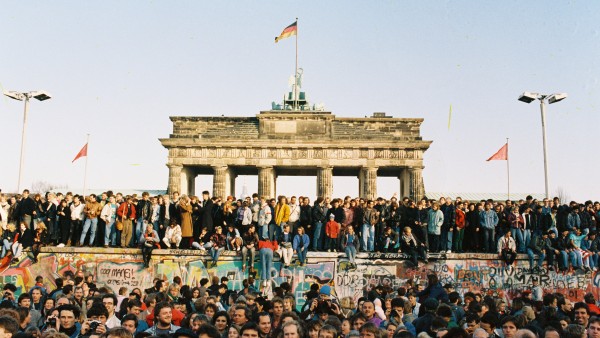
Data protection principles
If you click on one of the following icons, your data will be sent to the corresponding social network.
Privacy information